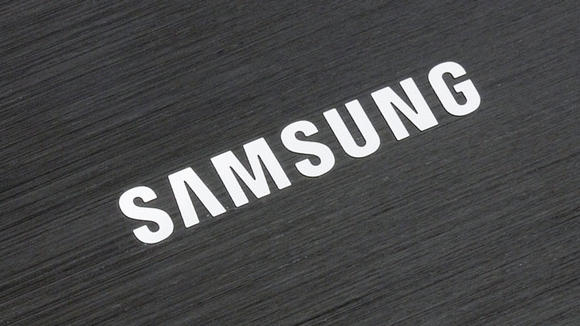Samsung Reveals First V-NAND SSD For Enterprises

Samsung unveils its first solid state drive (SSD) products based on its 3D V-NAND technology
Samsung is aiming at enterprise servers and data centres after the electronics giant introduced its first solid state drive (SSD) based on its 3D V-NAND technology.
The new SSDs were announced during a keynote speech at the Flash Memory Summit 2013. Samsung said it began producing its new V-NAND SSDs earlier this month.
Disruptive Innovation
The company’s proprietary 3D V-NAND technology provides manufacturing productivity improvements over twice that of 20nm-class planar NAND flash, by employing cylinder-shaped 3D Charge Trap Flash (CTF) cell structures and vertical interconnect process technology to link the 24 layers comprising the 3D cell array.
 During his keynote remarks, executive vice president of Samsung’s semiconductor research and development division E.S. Jung claimed that the 3D V-NAND would drive disruptive innovation that can be compared to a “digital big bang” in the global IT industry, and contribute to much more significant growth in the memory market.
During his keynote remarks, executive vice president of Samsung’s semiconductor research and development division E.S. Jung claimed that the 3D V-NAND would drive disruptive innovation that can be compared to a “digital big bang” in the global IT industry, and contribute to much more significant growth in the memory market.
Samsung’s V-NAND SSD comes in 960GB and 480GB versions. The 960GB version offering more than 20 percent increase in sequential and random write speeds by utilising 64 dies of MLC 3D V-NAND flash, each offering 128GB of storage, with a six-gigabit-per-second serial advance technology attachment (SATA) interface controller.
“By applying our 3D V-NAND – which has overcome the formidable hurdle of scaling beyond the 10-nanometer (nm) class, Samsung is providing its global customers with high density and exceptional reliability, as well as an over 20 percent performance increase and an over 40 percent improvement in power consumption,” Jung said in his keynote speech.
For the past 40 years, conventional flash memory has been based on planar structures that make use of floating gates. As manufacturing process technology has proceeded to the 10nm-class and beyond, concern for a scaling limit arose, due to the cell-to-cell interference that causes a trade-off in the reliability of NAND flash products. This also led to added development time and costs.
Samsung’s V-NAND solves such technical challenges by achieving new levels of innovation in circuits, structure and the manufacturing process through which a vertical stacking of planar cell layers for a new 3D structure has been successfully developed.
Data Centres
The company said among customer focuses are large data centres that could realise higher investment potential based on greater performance and energy efficiency to PC applications that place a high priority on cost-effectiveness and high density.
“As we pioneer a new era of memory technology, we will continue to introduce differentiated green memory products and solutions for the server, mobile and PC markets to help reduce energy waste and to create greater shared value in the enterprise and for consumers,” Jung said.
According to IT research firm IHS iSuppli, the global NAND flash memory market is expected to reach approximately $30.8 billion (£19.8bn) in revenues by the end of 2016, from approximately $23.6 billion (£15.2bn) in 2013 with a compound annual growth rate (CAGR) of 11 percent, in leading growth of the entire memory industry.
How much do you know about Samsung? Take our quiz!
Originally published on eWeek.